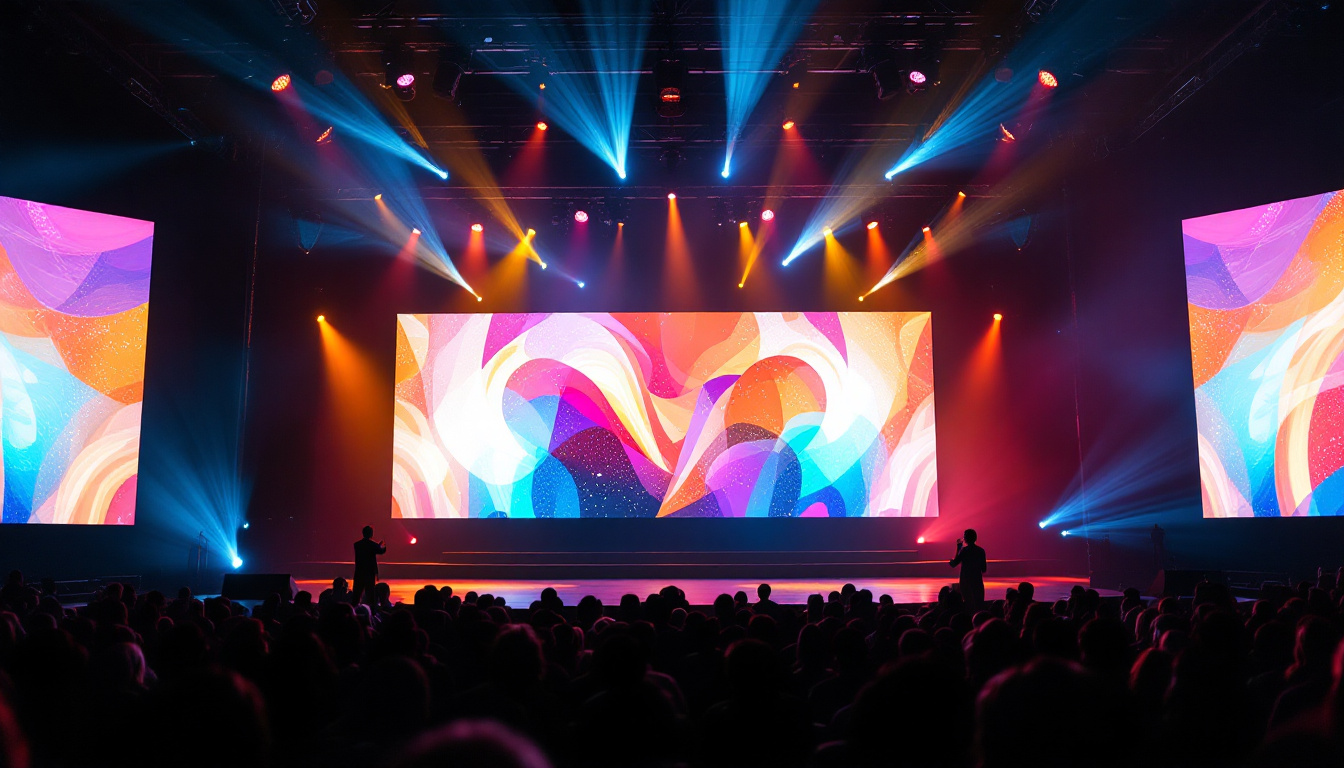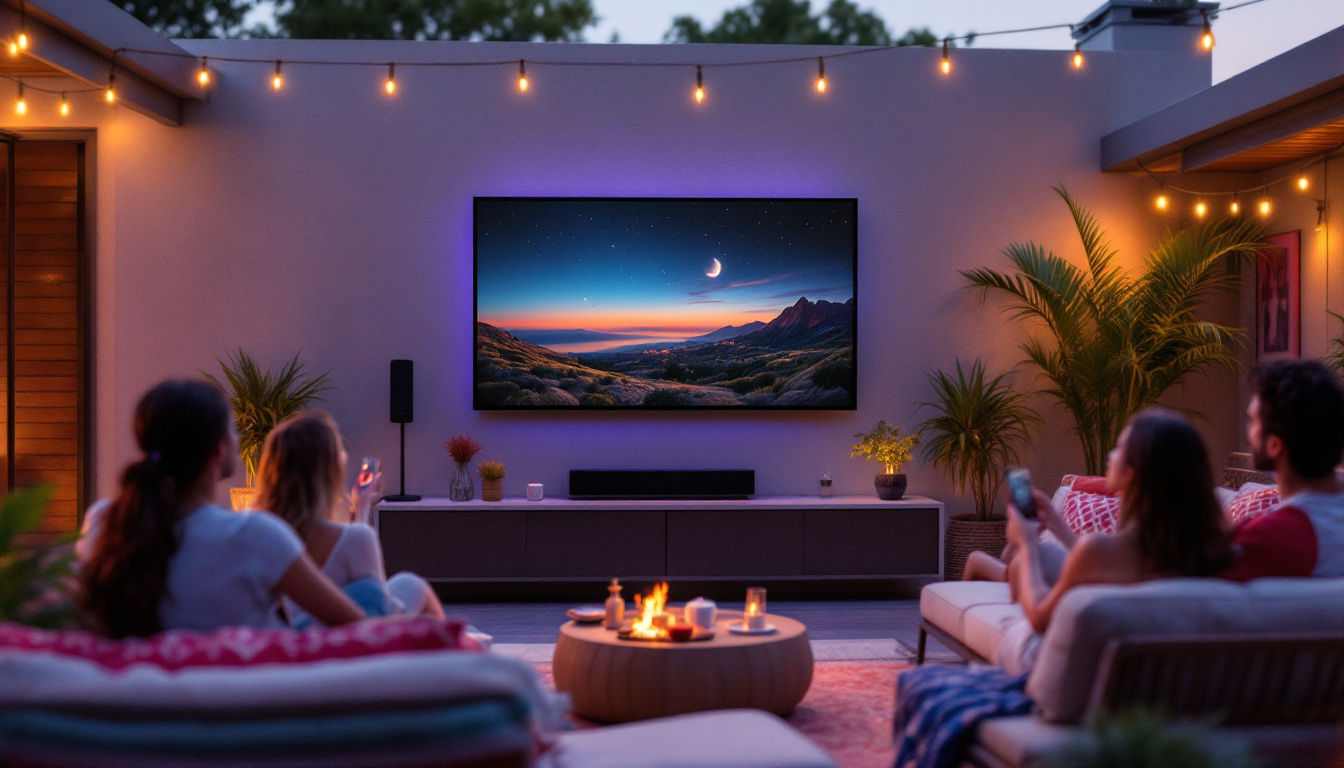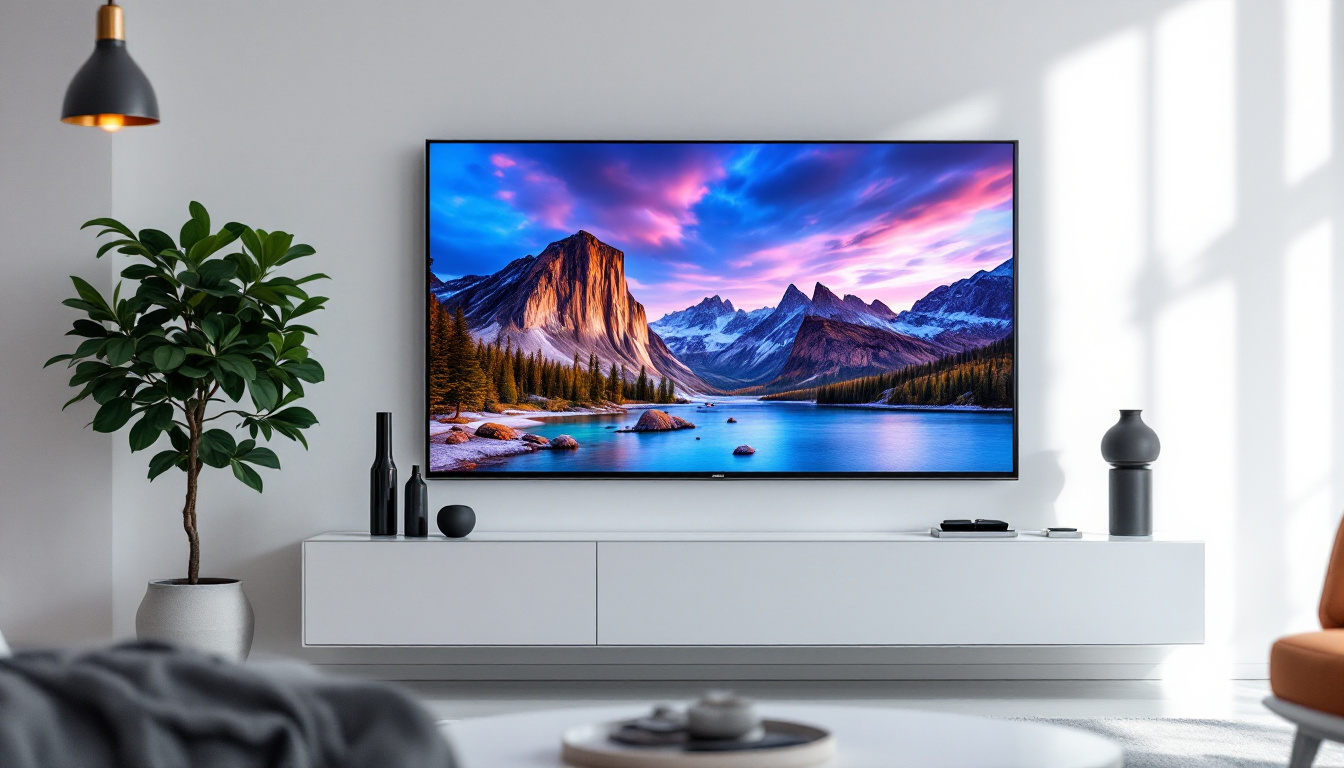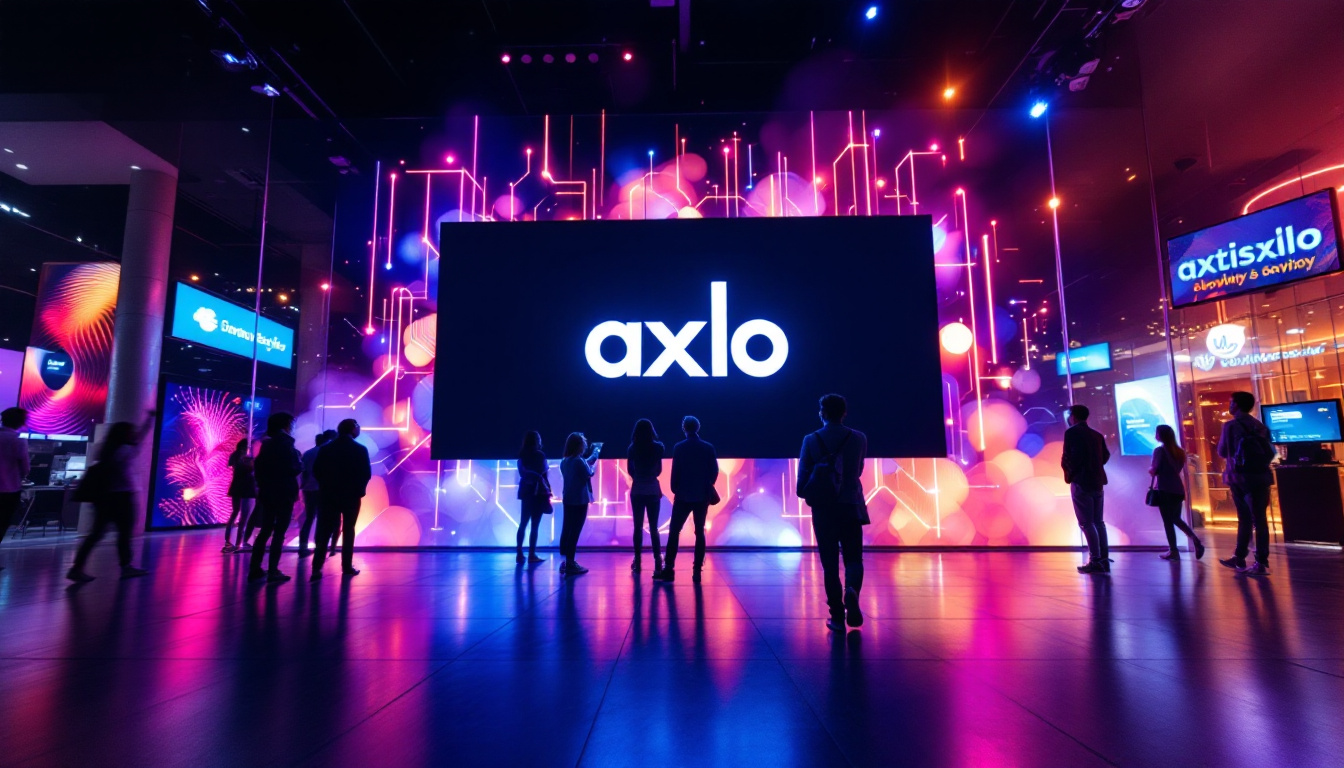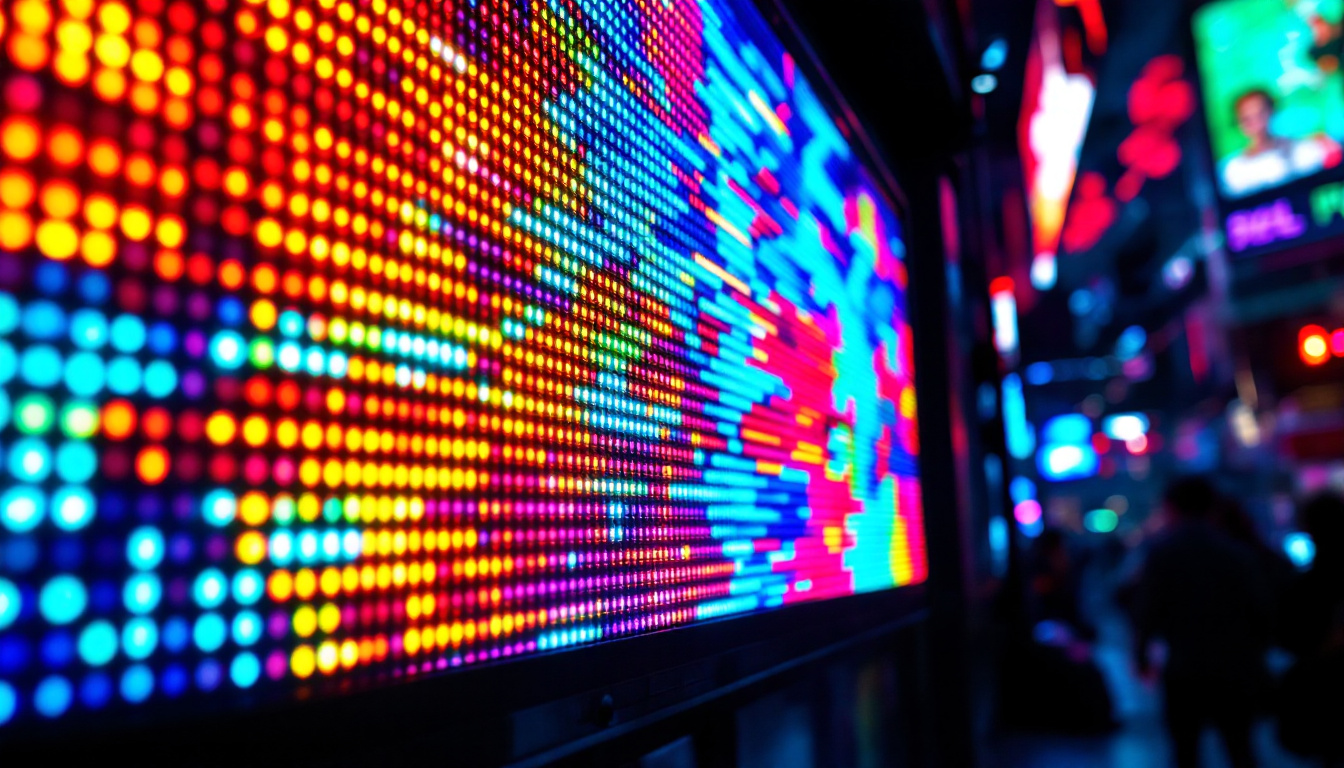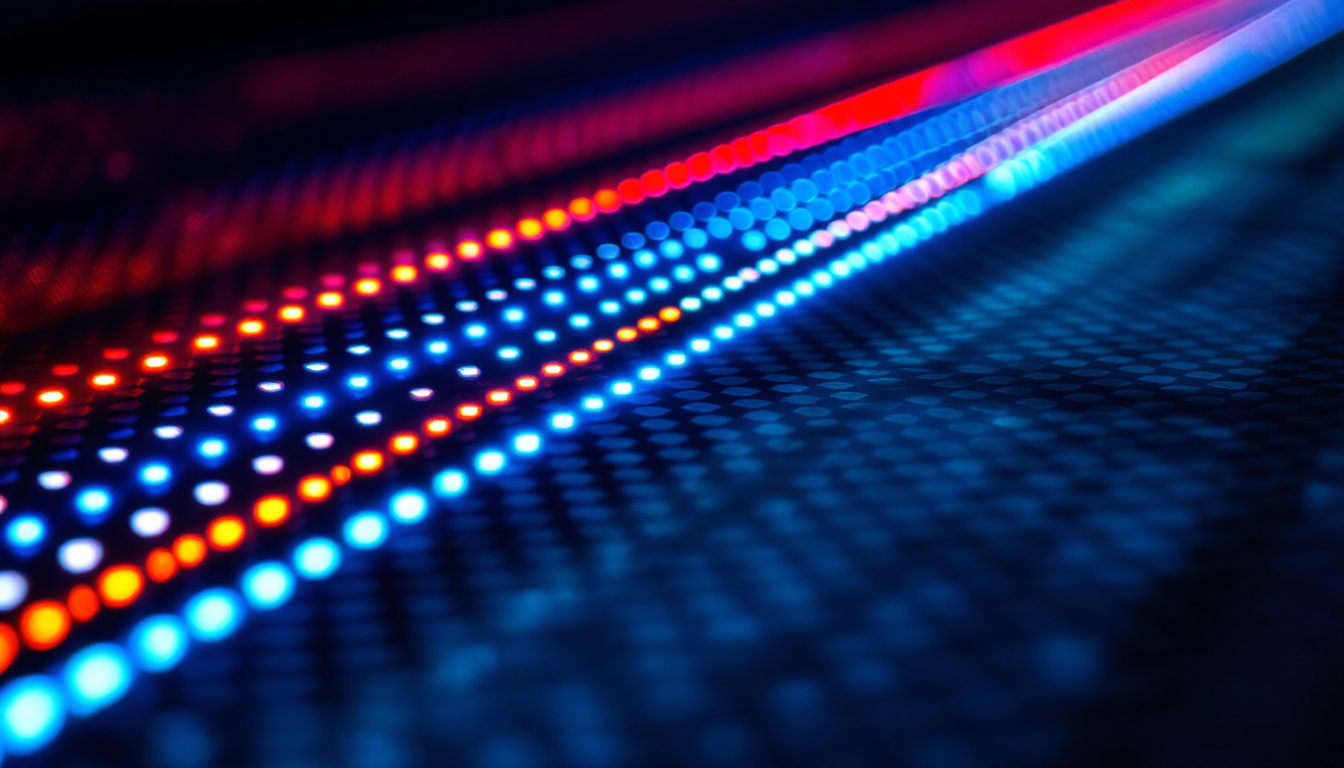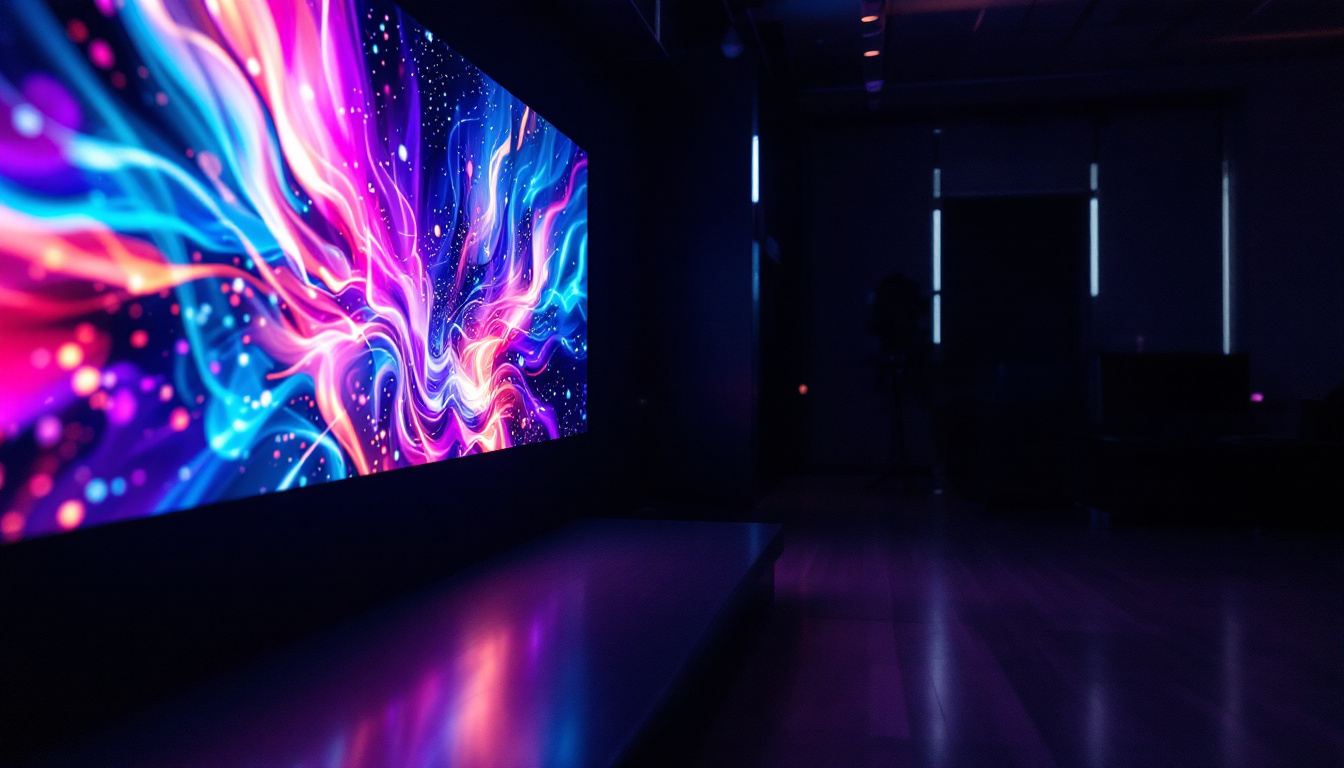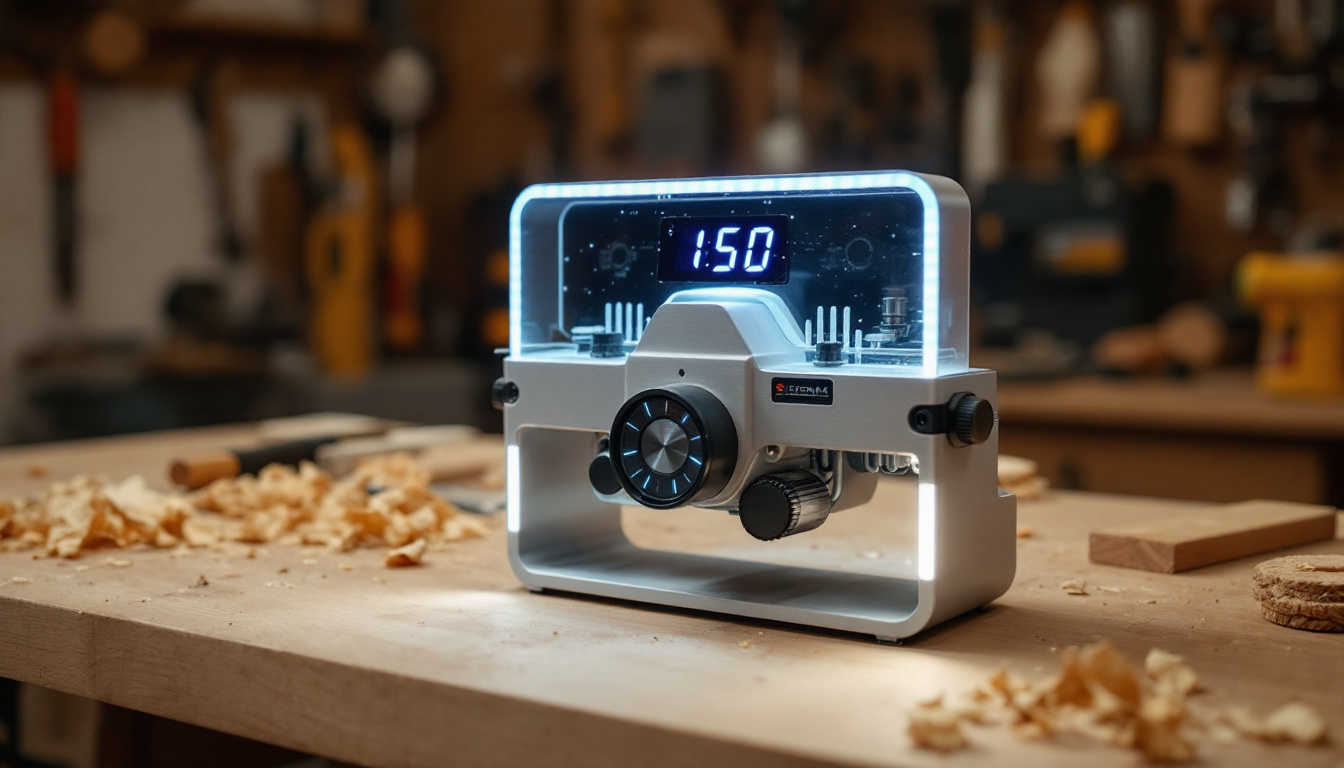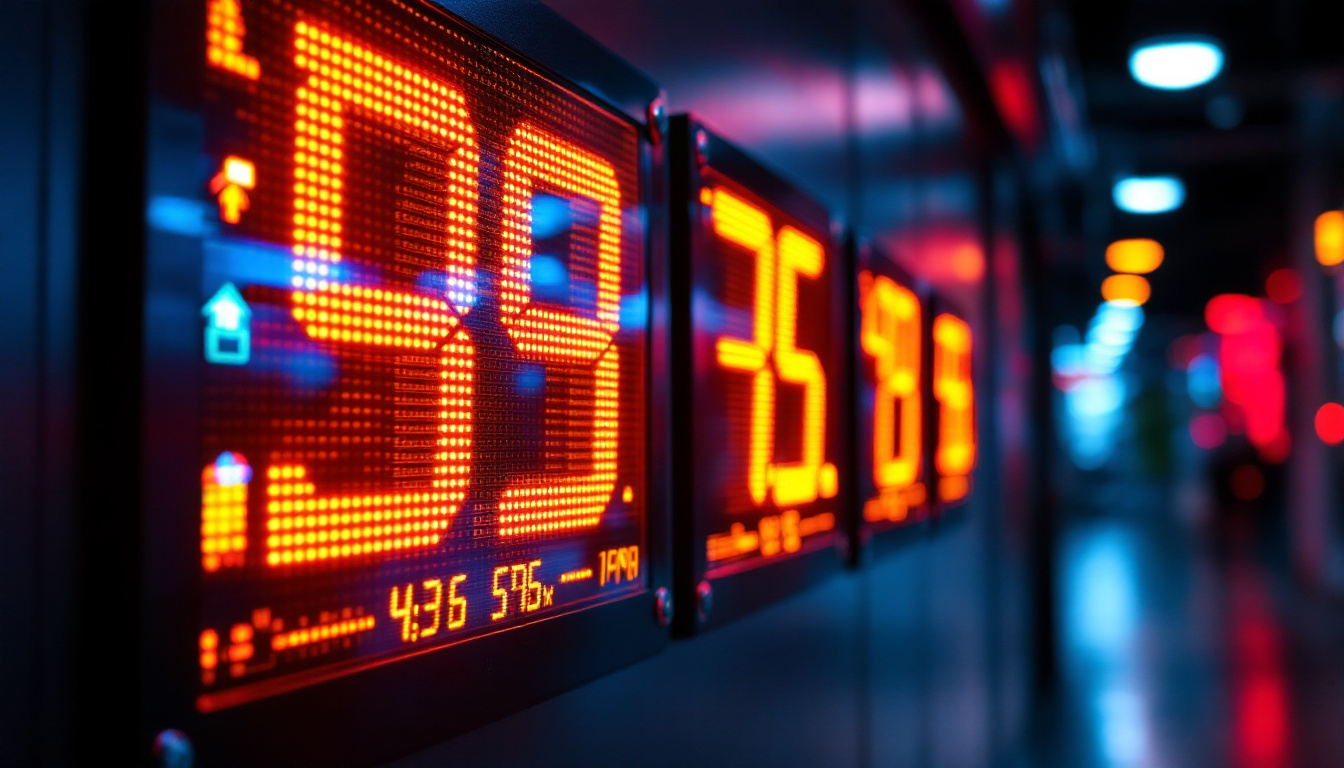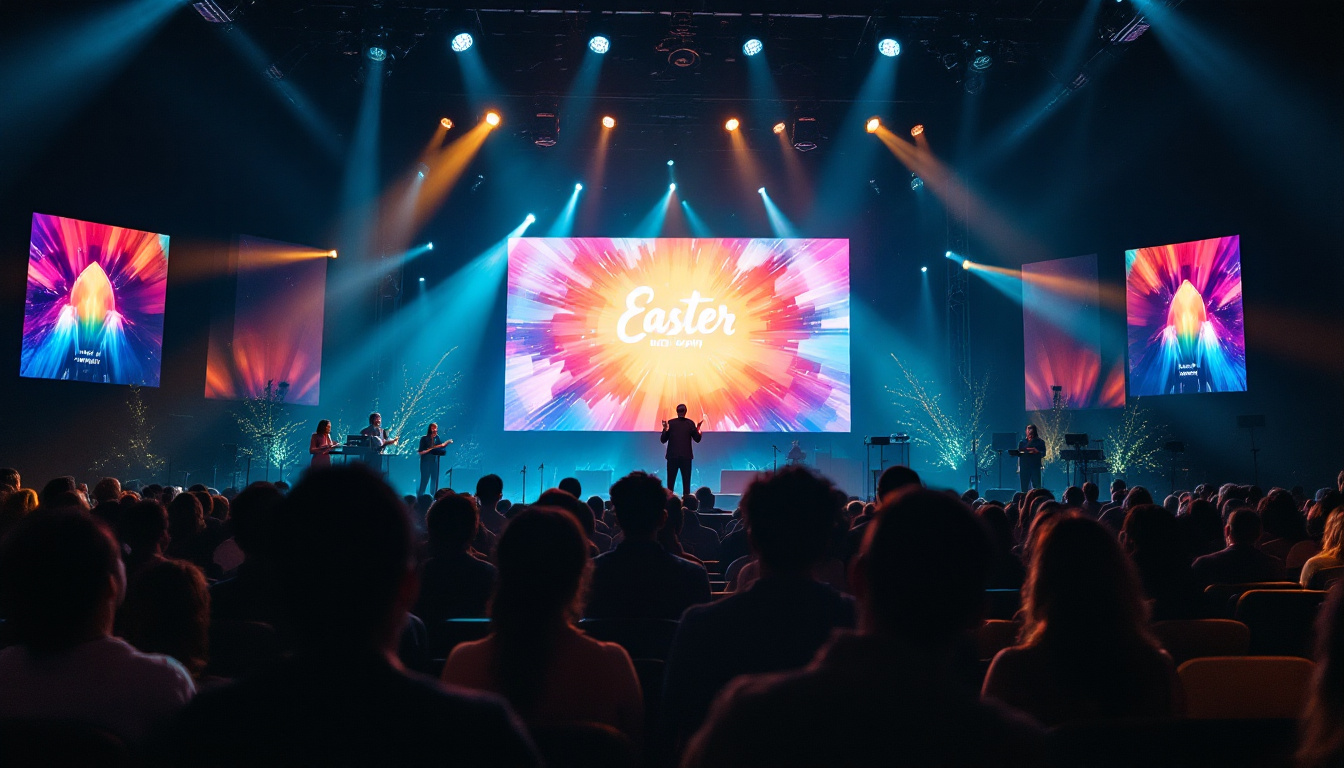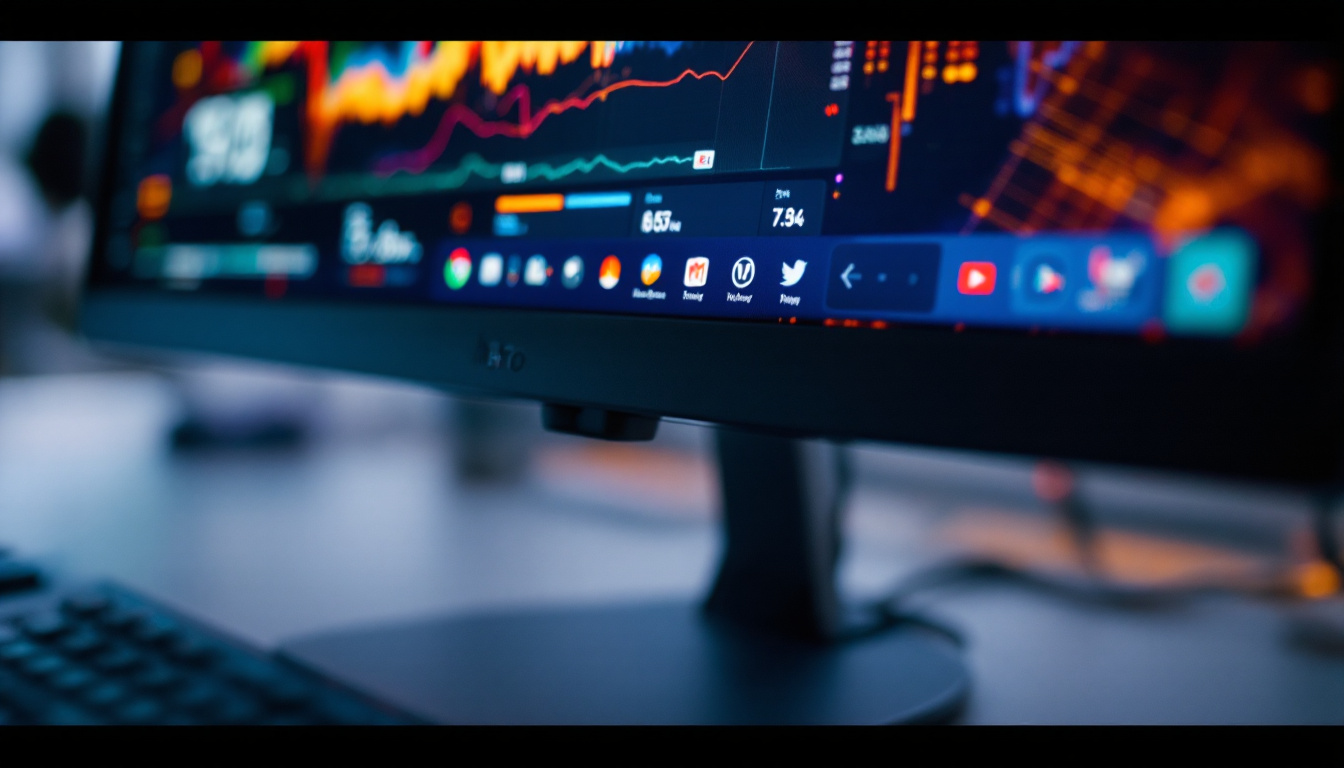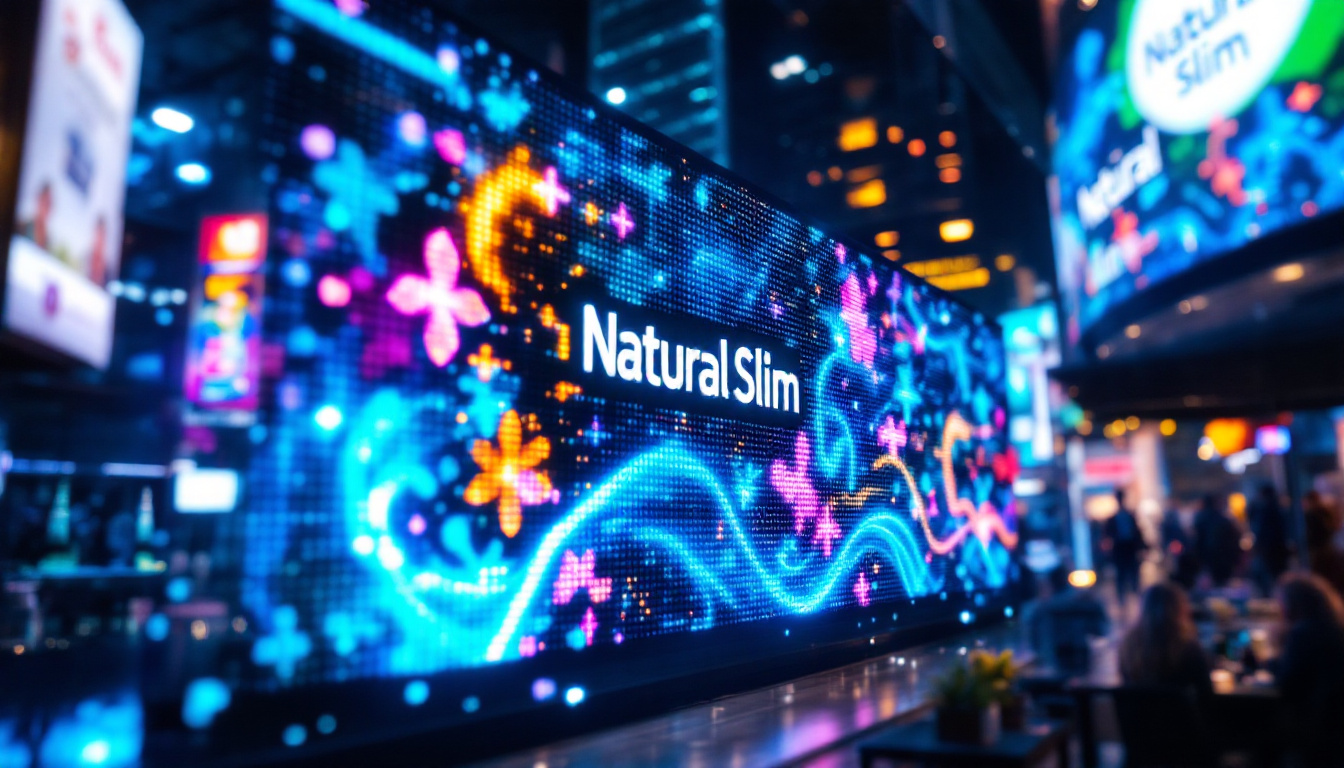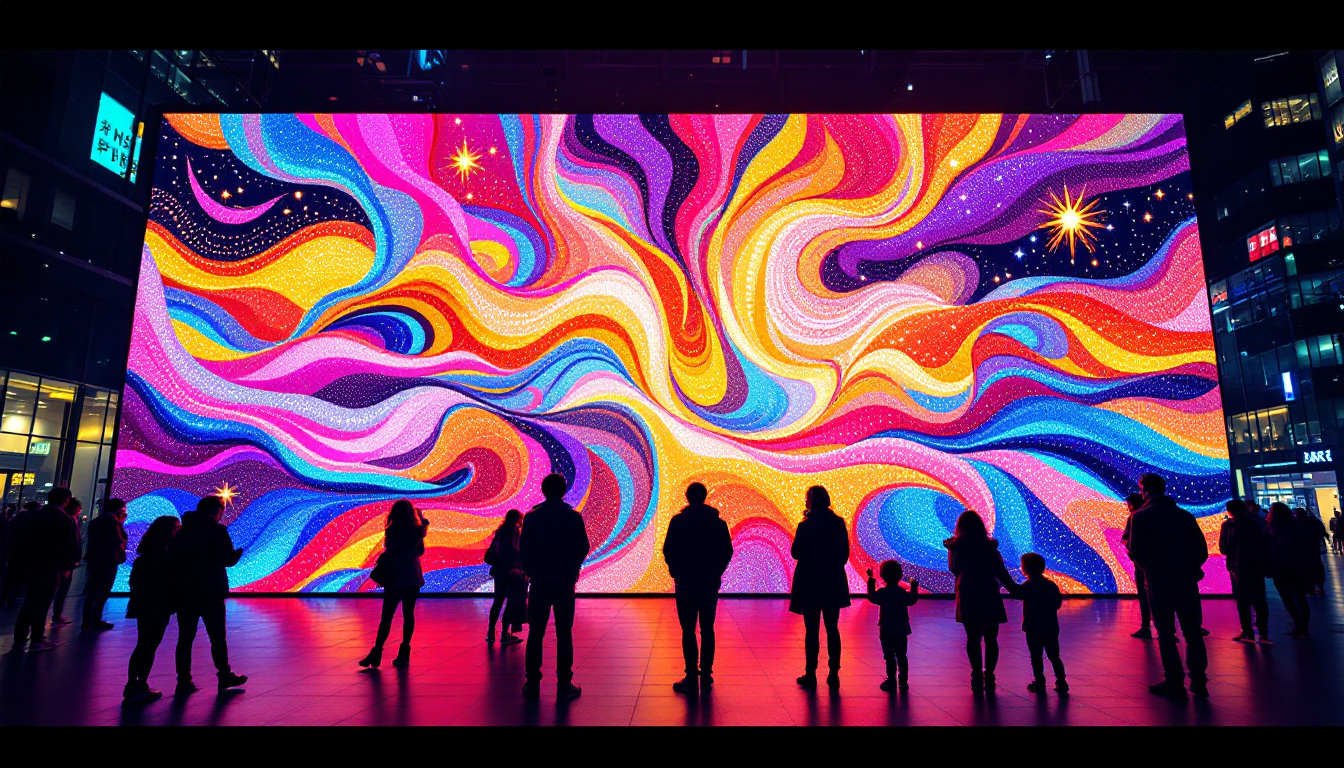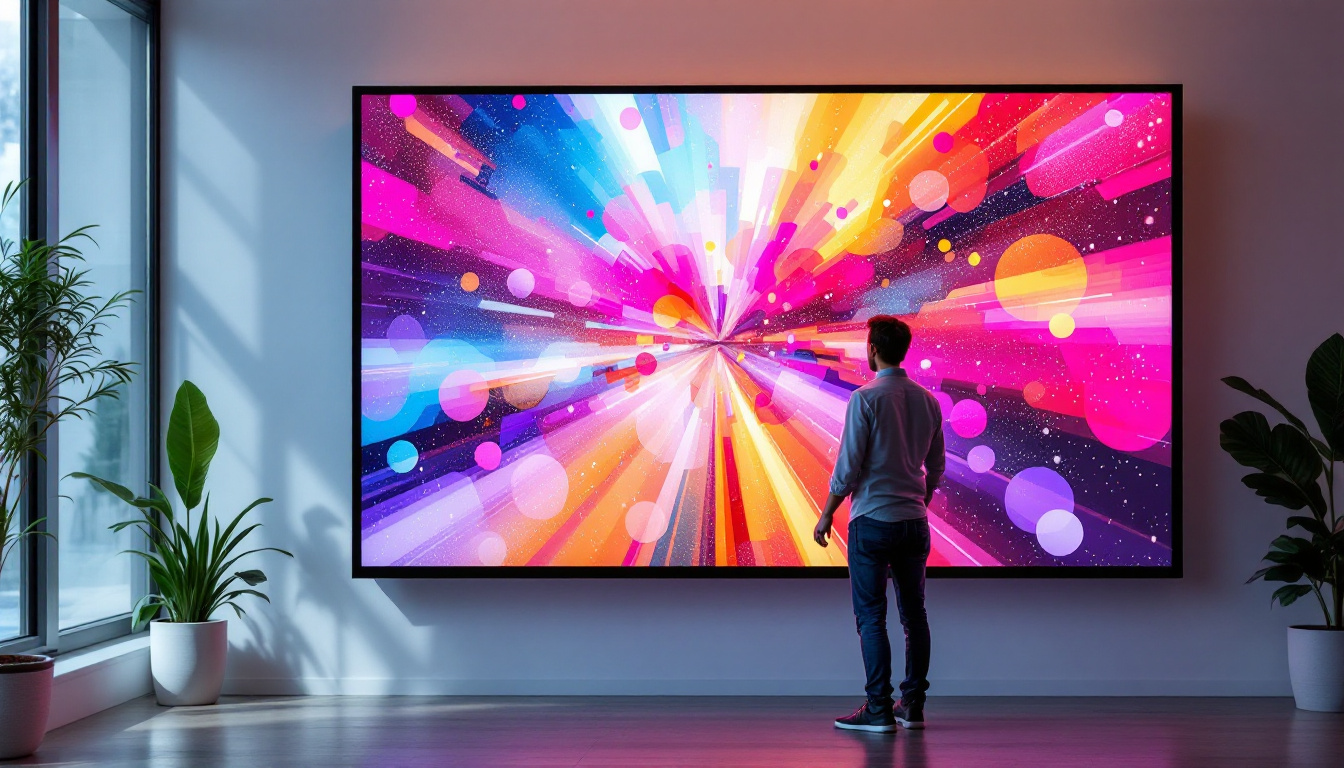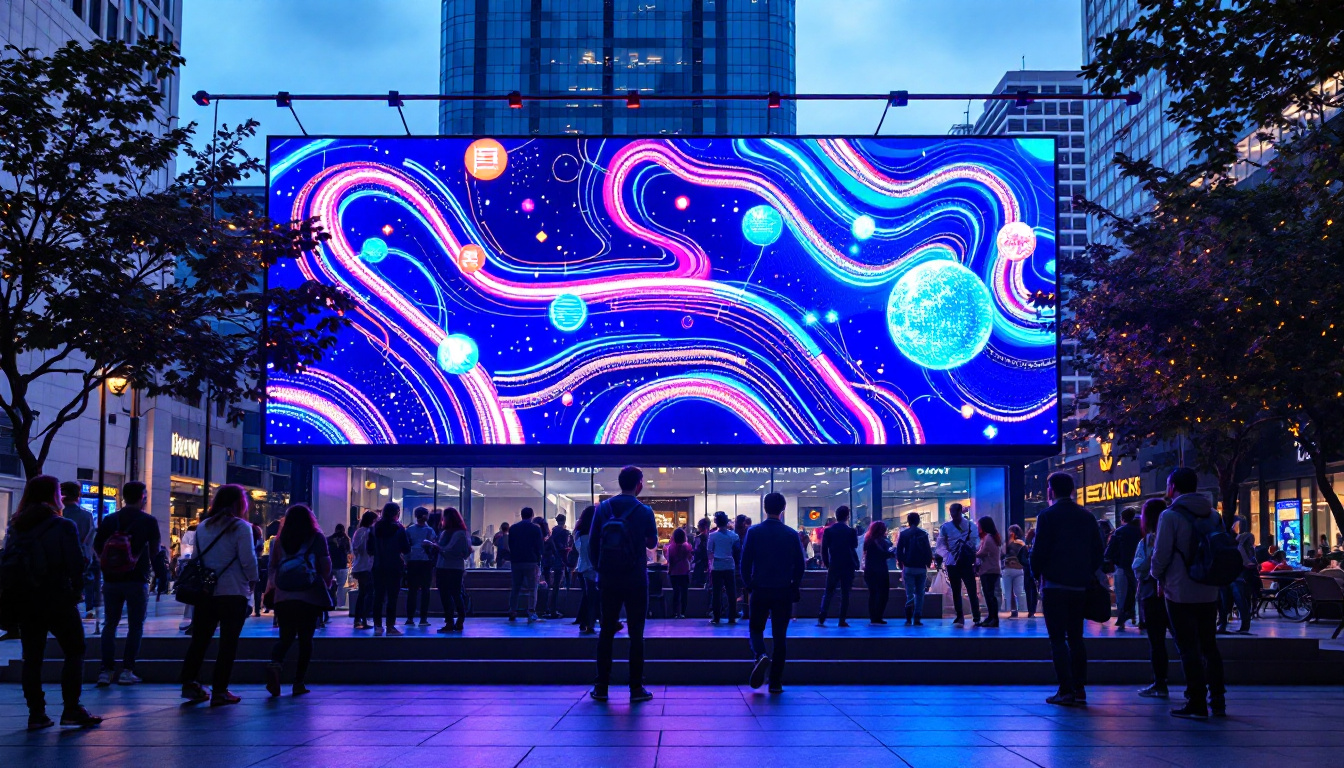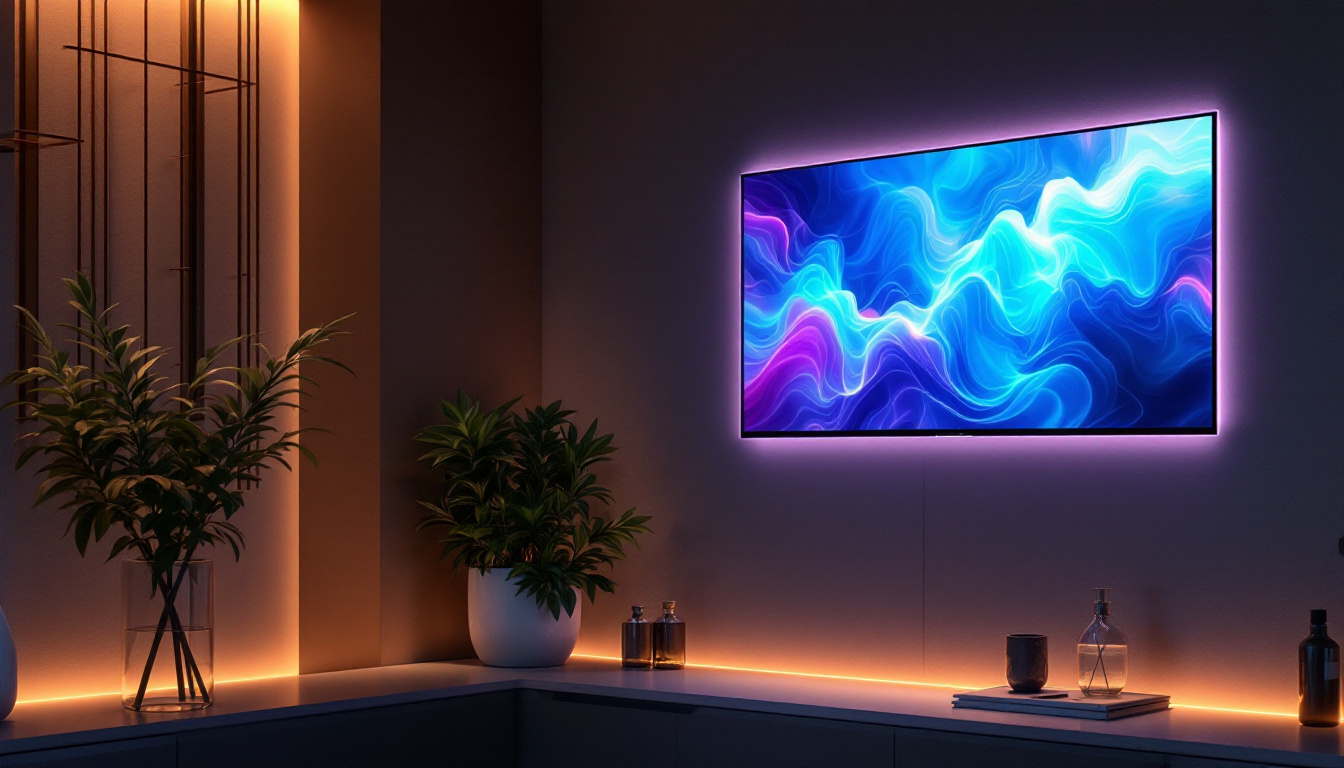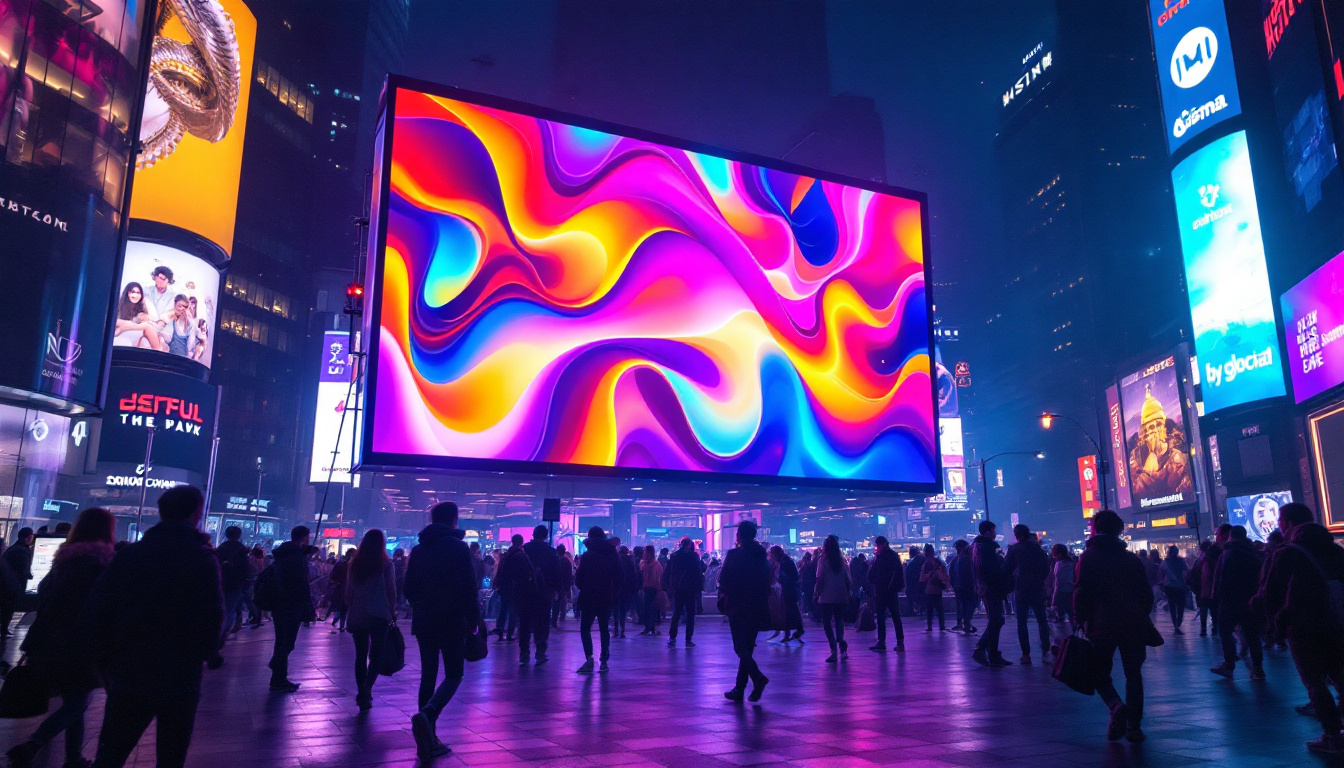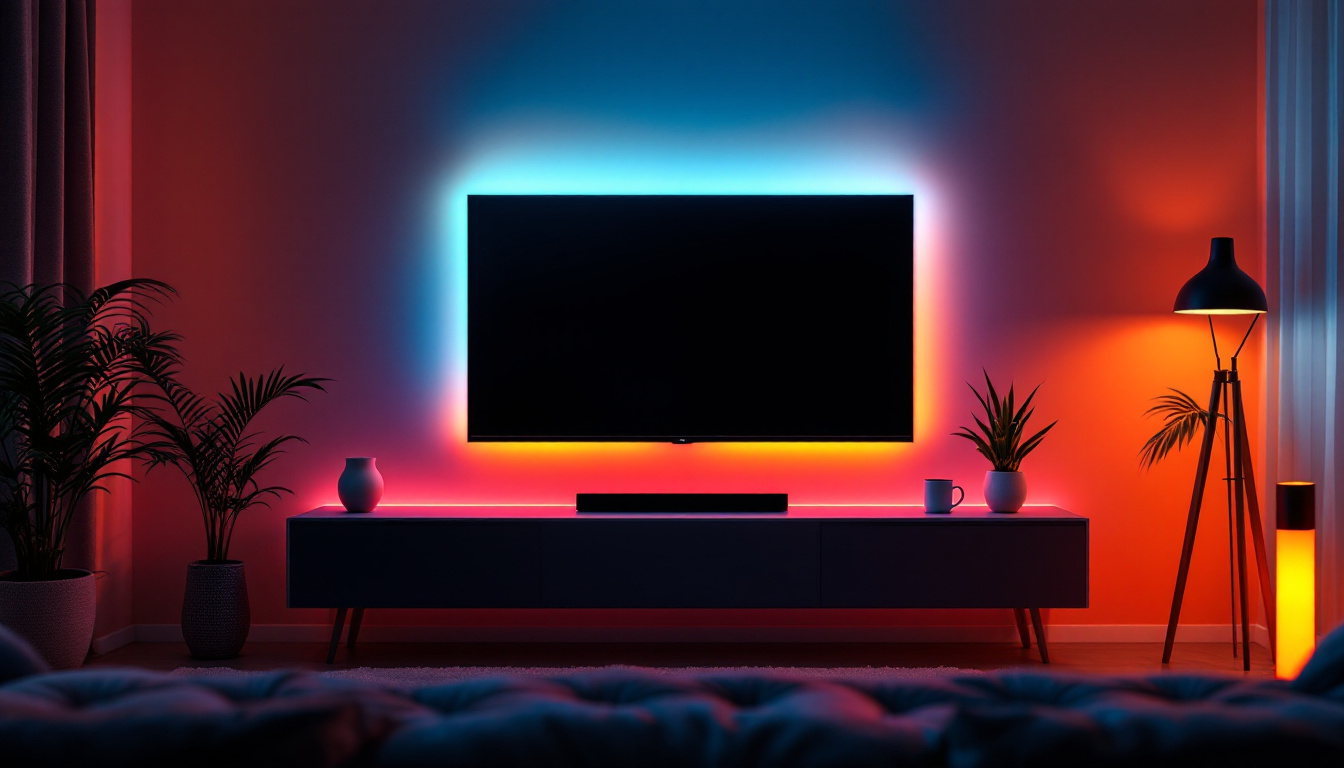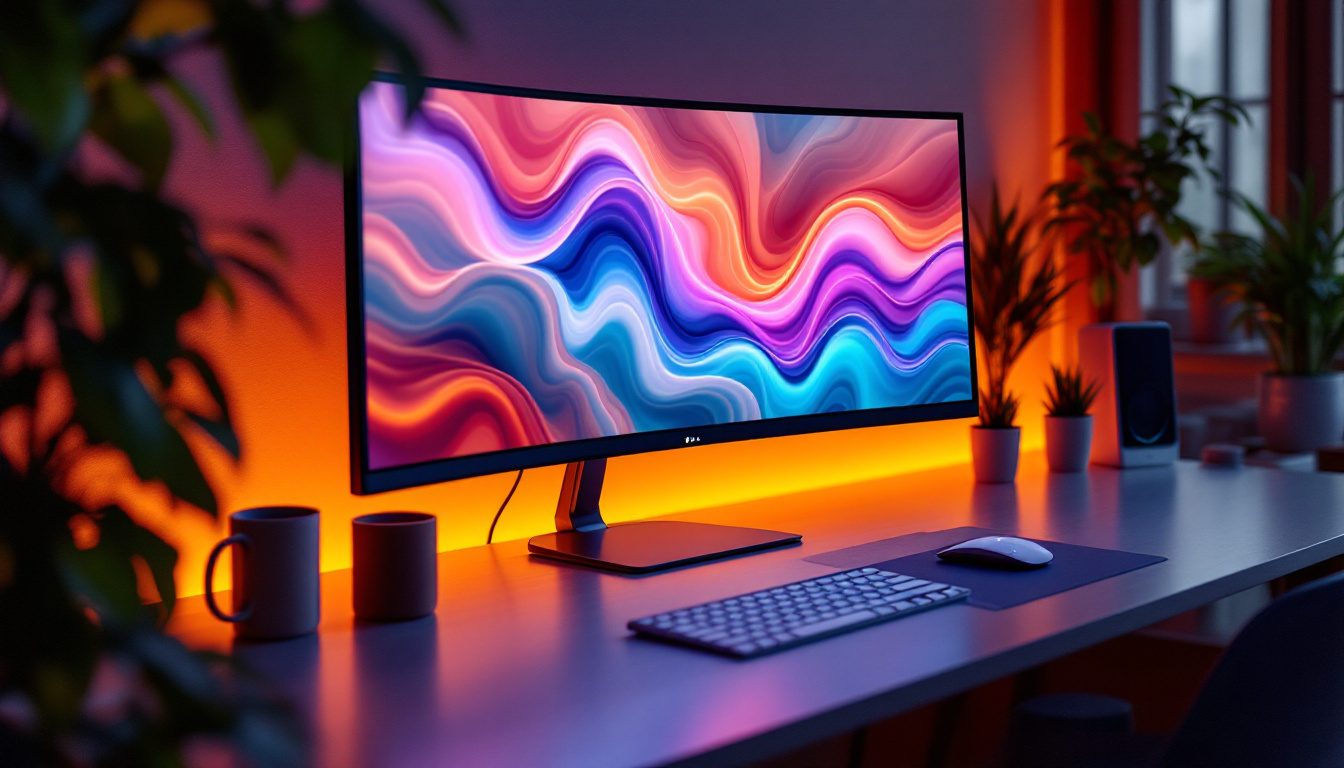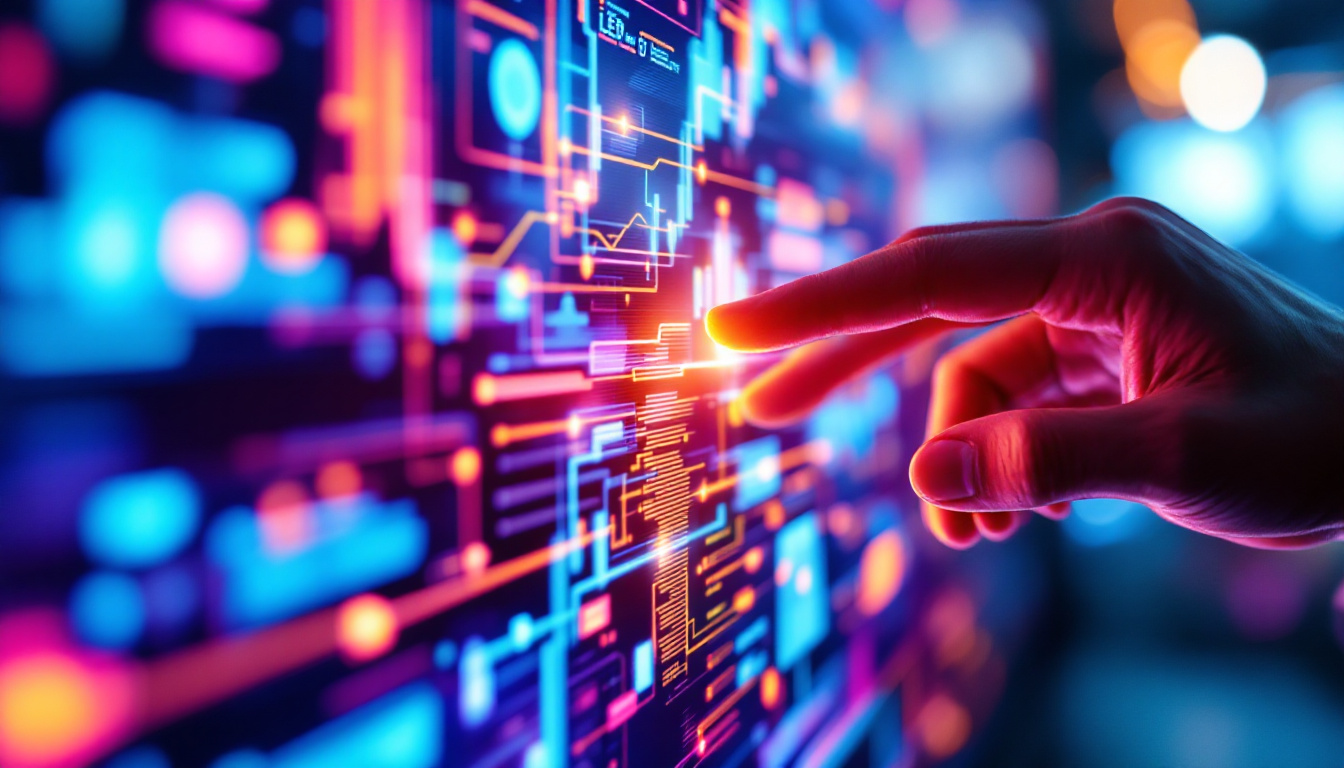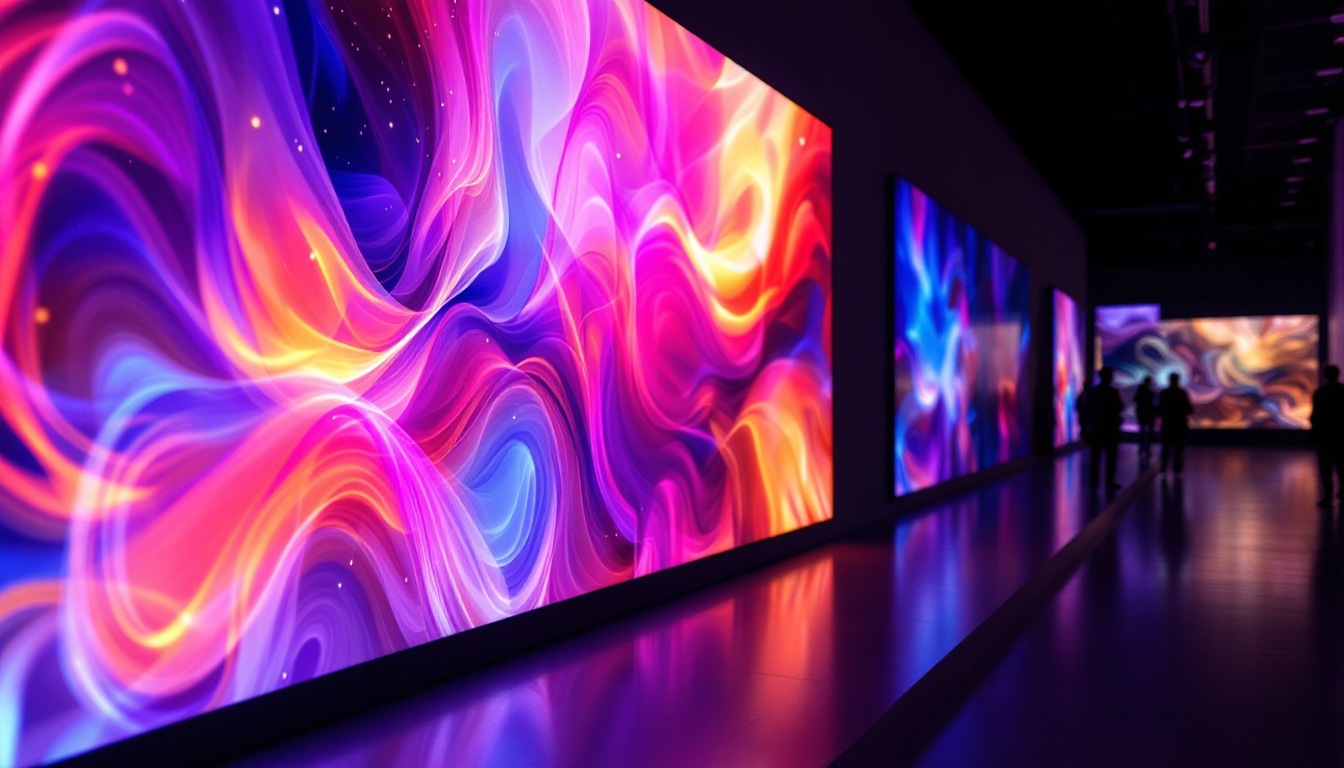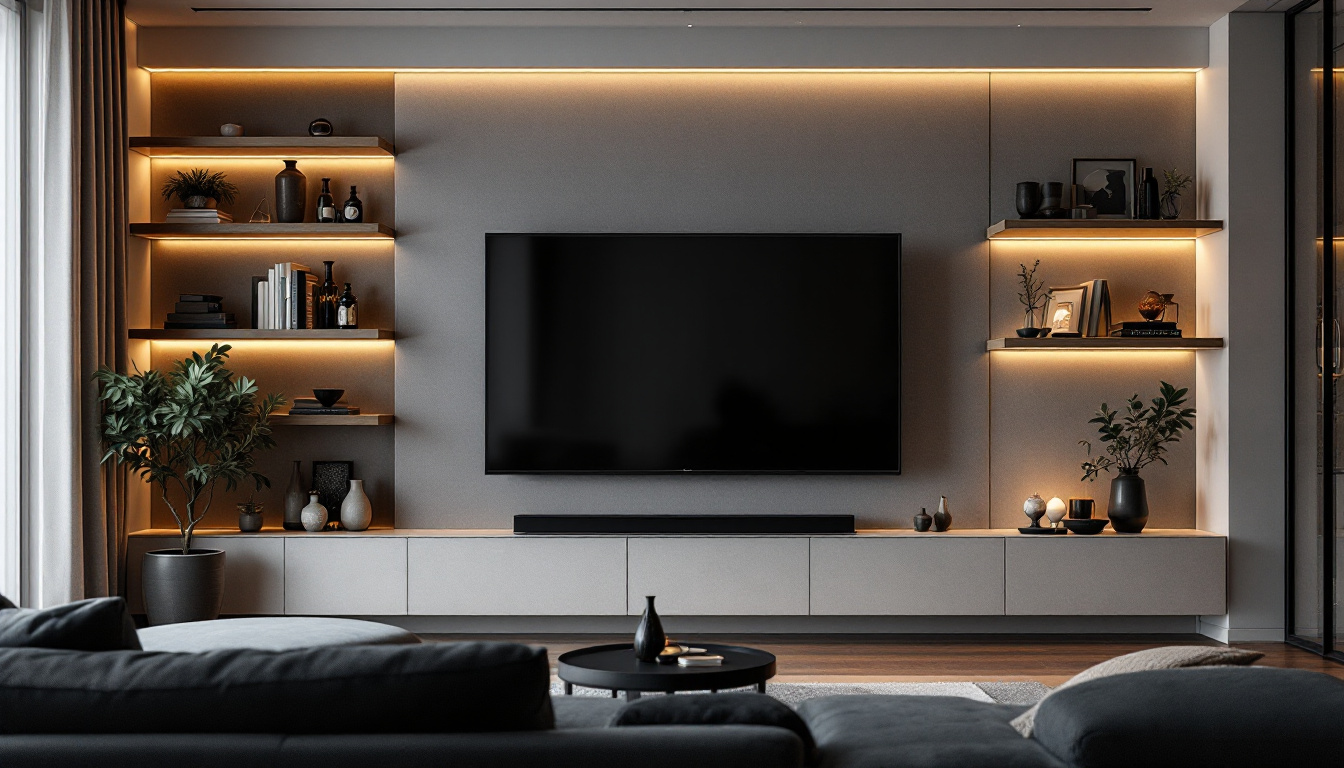The world of theatrical set design is a captivating blend of creativity, technology, and storytelling. Among the various elements that contribute to a successful production, LED displays have emerged as a transformative force. These dynamic visual tools not only enhance the aesthetic appeal of a performance but also serve functional purposes that can elevate the overall experience for both the audience and the performers.
This article delves into the intricacies of LED displays in theatrical set design, exploring their advantages, applications, and the future of this technology in the performing arts.
The Evolution of Theatrical Set Design
Historical Context
Theatrical set design has undergone significant changes over the centuries. From the simple backdrops of ancient Greek theaters to the elaborate and immersive environments of modern productions, the evolution reflects advancements in technology and artistic vision. Early set designs were limited to painted canvas and rudimentary props, which set the stage for the narratives being told. The Greeks utilized a skene, a structure that served as both a backdrop and a changing room for actors, while the Romans expanded on this concept with more elaborate structures that included multiple levels and movable parts, enhancing the visual storytelling of their plays.
As the 20th century progressed, new materials and techniques emerged, allowing designers to create more intricate and realistic settings. The introduction of electric lighting revolutionized stagecraft, enabling designers to manipulate mood and atmosphere in ways previously unimaginable. This paved the way for the incorporation of digital technologies, including LED displays. The rise of theatrical movements, such as Expressionism and Surrealism, also influenced set design, encouraging designers to experiment with abstract forms and unconventional materials, thus expanding the boundaries of what a stage could represent.
Modern Innovations
Today, theatrical set design is a multidisciplinary field that combines art, engineering, and technology. The integration of LED displays has become a hallmark of contemporary productions. These displays can be used to create stunning visuals, convey information, and even interact with performers in real-time, thus enhancing the narrative and emotional impact of a show. The ability to project dynamic backgrounds or change scenes instantaneously allows for a fluid storytelling experience that captivates audiences and immerses them in the world of the performance.
The use of LED technology has also democratized access to high-quality visuals. Smaller productions can now utilize these tools to achieve professional-grade effects, making it possible for a wider range of stories to be told on stage. Additionally, advancements in 3D printing have allowed set designers to create intricate props and set pieces with unprecedented precision and detail. This technology not only streamlines the production process but also opens up new avenues for creativity, enabling designers to bring their most ambitious visions to life. As the boundaries of set design continue to expand, the possibilities for storytelling in theater are becoming more diverse and exciting than ever before.
The Advantages of LED Displays in Theater
Visual Impact
One of the most significant advantages of LED displays is their ability to create striking visual effects. The vivid colors and high resolution of LED screens can captivate audiences, drawing them into the world of the performance. Unlike traditional backdrops, LED displays can change instantly, allowing for seamless transitions between scenes and settings.
Moreover, the flexibility of LED technology enables designers to experiment with various visual styles. Whether it’s a realistic representation of a cityscape or an abstract interpretation of emotions, the possibilities are virtually limitless. This versatility allows for a more immersive experience, as audiences are transported into different realms with each scene change. The use of 3D mapping techniques can further enhance this experience, creating the illusion of depth and dimension that traditional flat screens simply cannot achieve. As a result, theatergoers are not just passive observers but active participants in a visually stunning narrative.
Dynamic Content
LED displays are not just static images; they can showcase dynamic content that evolves throughout the performance. This capability allows for the integration of video, animations, and live feeds, which can enhance storytelling in innovative ways. For instance, a character’s emotional state can be mirrored by shifting visuals on the screen, creating a deeper connection between the audience and the narrative.
Furthermore, the ability to incorporate real-time data can add layers of meaning to a production. For example, a show set in a bustling city could display live social media feeds, news headlines, or even audience reactions, making the performance feel more relevant and engaging. This interactivity can transform the audience experience, as viewers may find themselves more invested in the unfolding drama. Additionally, the integration of augmented reality elements can further blur the lines between the digital and physical worlds, allowing for unique interactions that can surprise and delight. With each performance, the potential for innovation grows, making LED displays an invaluable tool for modern theater production.
Applications of LED Displays in Theatrical Productions
Backdrops and Scenic Elements
In many productions, LED displays serve as backdrops, replacing traditional painted scenery. This shift allows for greater flexibility in design and execution. Designers can create multi-layered environments that change dramatically with the push of a button, offering a level of dynamism that static sets cannot match.
Additionally, LED screens can be integrated into physical set pieces, such as props or stage structures. This hybrid approach not only enhances the visual appeal but also allows for interactive elements that can engage the audience in unique ways. For instance, a character might interact with a digital environment, blurring the lines between reality and fiction.
Lighting and Atmosphere
LED displays also play a crucial role in setting the mood and atmosphere of a performance. By adjusting brightness, color, and content, designers can create a wide range of emotional tones. A bright, colorful display can evoke feelings of joy and excitement, while darker, muted visuals can convey tension or sorrow.
Moreover, LED technology can be synchronized with other lighting elements on stage, creating a cohesive visual experience. This integration allows for a more polished and professional production, as all visual components work together harmoniously to support the narrative.
Interactive Experiences
As technology continues to advance, the potential for interactive experiences in theater grows. LED displays can be programmed to respond to audience movements or inputs, creating a more engaging environment. This interactivity can take various forms, from audience participation to immersive experiences that allow viewers to influence the performance.
For example, a production might feature a segment where the audience’s reactions are projected onto the LED screens, creating a feedback loop that enhances the overall experience. This level of engagement not only captivates the audience but also fosters a sense of community and shared experience.
Challenges and Considerations
Technical Limitations
While LED displays offer numerous advantages, they are not without their challenges. Technical limitations can arise, such as issues with resolution, brightness, and color accuracy. Ensuring that the displays function seamlessly during a live performance requires careful planning and execution.
Moreover, the integration of LED technology into set design necessitates collaboration among various departments, including lighting, sound, and stage management. This coordination can be complex, as each element must work together to achieve the desired effect. Effective communication and a clear vision are essential to overcoming these challenges.
Cost Considerations
Another factor to consider is the cost associated with implementing LED displays in theatrical productions. While prices have decreased in recent years, high-quality LED technology can still represent a significant investment. Smaller productions may struggle to allocate funds for such equipment, potentially limiting their ability to utilize this innovative technology.
However, as the technology continues to evolve and become more accessible, the hope is that more productions will be able to incorporate LED displays into their designs. Exploring rental options or partnerships with technology providers can also help mitigate costs for smaller companies.
The Future of LED Displays in Theater
Emerging Technologies
The future of LED displays in theatrical set design is promising, with emerging technologies set to redefine the landscape. Innovations such as flexible LED screens, augmented reality (AR), and virtual reality (VR) are beginning to make their mark on the industry. These advancements open up new possibilities for storytelling and audience engagement.
Flexible LED screens, for instance, can be shaped and manipulated to fit various set designs, allowing for even greater creativity and adaptability. Meanwhile, AR and VR technologies can transport audiences into entirely different worlds, offering immersive experiences that blend the physical and digital realms.
Environmental Considerations
As the performing arts community becomes increasingly aware of environmental issues, sustainability will play a crucial role in the future of theatrical set design. LED displays are already more energy-efficient than traditional lighting and projection methods, but there is a growing demand for sustainable practices across the board.
Designers and producers will need to consider the lifecycle of their materials, opting for eco-friendly options wherever possible. This shift not only benefits the environment but can also resonate with audiences who value sustainability in the arts.
Conclusion
The integration of LED displays in theatrical set design has revolutionized the way stories are told on stage. With their ability to create stunning visuals, convey dynamic content, and enhance audience engagement, these displays have become an essential tool for modern productions. While challenges remain, the future of LED technology in theater is bright, with emerging innovations promising to further elevate the art form.
As the industry continues to evolve, it is clear that LED displays will play a pivotal role in shaping the future of theatrical set design, offering endless possibilities for creativity and storytelling. Embracing these advancements will not only enrich the theatrical experience but also ensure that the performing arts remain relevant and captivating in an ever-changing world.
Discover the Future of Theatrical Set Design with LumenMatrix
As you’ve seen, LED displays are transforming the world of theatrical set design, offering unparalleled opportunities for creativity and audience engagement. If you’re inspired to take your production to the next level with cutting-edge LED technology, look no further than LumenMatrix. As a leader in LED display innovation, LumenMatrix provides a wide array of solutions, from Indoor and Outdoor LED Wall Displays to Custom and Transparent LED Displays, designed to captivate and mesmerize audiences. Whether you’re looking to create an immersive environment or enhance brand visibility, our mission is to empower your storytelling with clarity and impact. Check out LumenMatrix LED Display Solutions today and revolutionize your visual communication.

